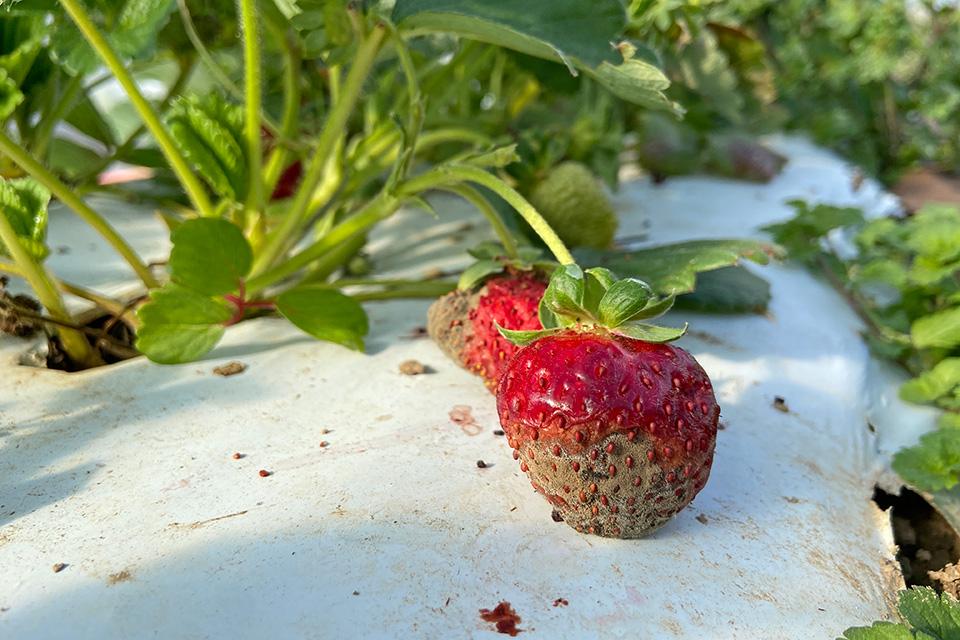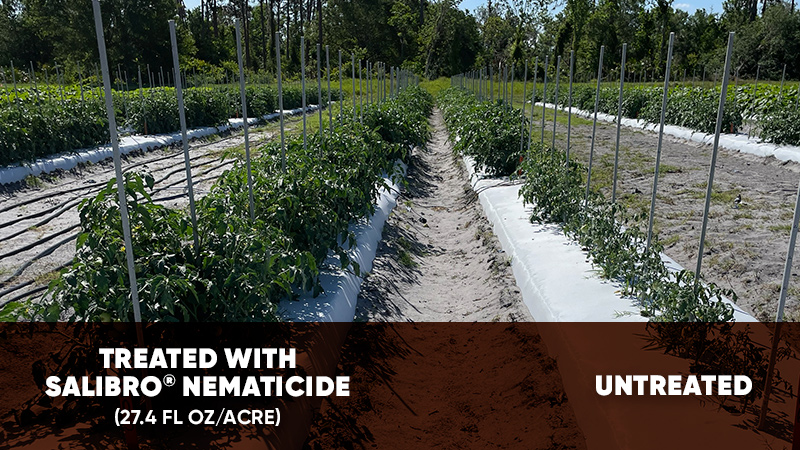Tips for the Best Greenhouse Irrigation

Leonardo Da Vinci famously said that, “water is the driving force of all nature.” As a basic necessity, shouldn’t it be cared for, monitored, and kept at the optimal level of functionality?
Sally A. Miller, professor in the Department of Plant Pathology at The Ohio State University, and her associate Dr. Melanie Lewis Ivey, tackle water quality issues with some back-to-basics steps that growers may be overlooking causing reduced yields as well as compromised crop quality.
DO Use Clean Water
Although it may seem obvious, Miller makes it clear that microbial, chemical, and physical contaminants can all be major threats in green-houses. Municipal water is ideal, she adds, because it has been treated and tested for various contaminants.
“Where municipal water is not feasible due to expense or nonavailability, well water or rain water collected and held in clean storage containers can be used. Surface water from canals and rivers should not be used unless it has been filtered, treated, and tested,” explains Miller.
DO Have Water Tested
The importance of testing your water is key, says Ivey, and who tests it is even more important.“Water used for irrigation should be tested by a reputable laboratory to determine the microbial, physical, and chemical quality of the water,” she explains.
In addition, the parameters, such as volume, number of samples, and type of testing container used, will depend on the laboratory conducting the test and the type of test being conducted.
Ivey says that the water collected should be taken from as close to the source as possible, and allowed to run for five minutes before collection of 500 milliliters is done in a clean, disposable plastic bottle. This is important as chemical residues and detergents can interfere with test results, she explains.
DO Disinfect Water
Right in line with using clean water, and assuring it is so by having it tested, is the step of disinfecting the water to be used, Miller explains.
“Use some form of filtration prior to disinfection to reduce inorganic
and organic particulates in the water,” she says.
In addition, the choice of disinfect-ant depends greatly on the water source. Options for ridding water of pathogens include the use of heat, sodium, calcium hypochlorite, hydrogen peroxide, ultraviolet light, reverse osmosis, ozone, copper, and silver ionization, as well as slow filtration, explains Miller.
DON’T Slack On Test Timing
Although Miller makes it clear that testing frequency depends on the source of the water, Ivey emphasizes that the timing and regularity is important to assure that no new pathogens have come into the flow since the last time the source was tested.
“Water should be tested prior to new construction and new water sources should be tested monthly for the first complete crop production cycle,” she explains. In addition, “existing greenhouse operations should monitor water quality at least three times a year: at the beginning, middle, and end of the crop production cycle.”
Ivey adds that frequent water monitoring will be necessary if there are changes in plant health or water quality.
DON’T Ignore Recirculating Water
Recirculated water can be an issue from a plant health perspective, especially if the water becomes contaminated with plant pathogens, says Miller. Recirculated water, which is water that is used more than once before it is discharged into waste-water systems or the environment, can contain salts, chemicals, nutrients, and pH, causing decreased crop quality.
Before using recirculated water, growers must properly treat the water to remove any pathogens, adds Miller.
DON’T Allow Runoff
The three major sources of runoff water include irrigation water, roof water, and site water, Ivey explains. It can be a concern for environmental and financial reasons.
“If managed improperly,” she says, “runoff water can contain excess nutrients, pesticides, and even plant pathogens that can then contaminate surface and ground water.” Furthermore, “soil erosion can be a concern, especially for site runoff water,” she adds.
Both researchers say that a combination of conserving, collecting, treating, and re-circulating water offers the best solution to minimize the problem. They also encourage growers to check local and state EPA regulations to be sure they are adhering to standards when it comes to recirculation water and runoff.









